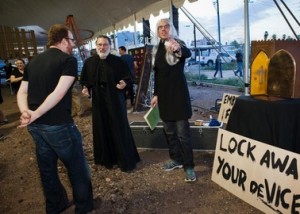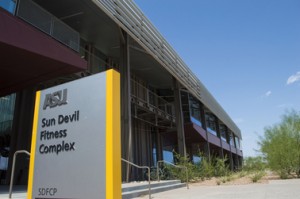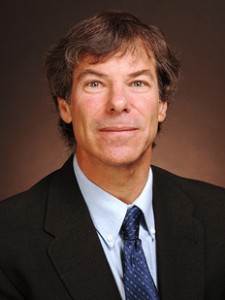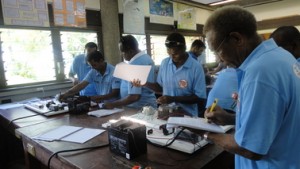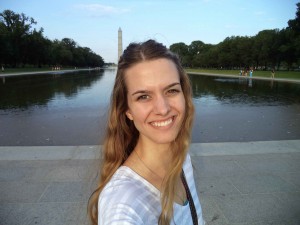Financing the future of our cities
View Source | April 24, 2014
Arizona State University is leading the conversation on innovations in public finance through a new report, released by the Smart Cities Council and ASU's Center for Urban Innovation, and an upcoming conference. The report outlines some of the most promising tools to help cities improve the efficiency of large-scale systems, such as water and transportation, to smaller projects. Its findings will be a focal point of discussion at the upcoming ASU Annual Public Finance Conference, where keynote speaker Georgia Levenson Keohane - a Fellow at the Roosevelt Institute - will explore innovations including novel approaches to financing for catastrophe bonds and the growing use of social impact bonds and pay-for-success in social finance.


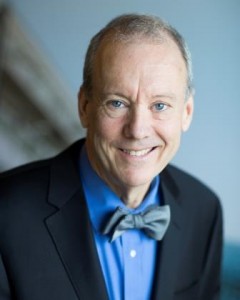
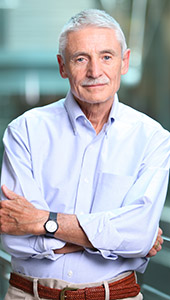

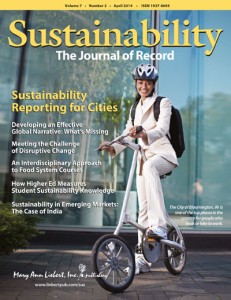

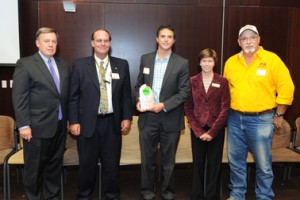
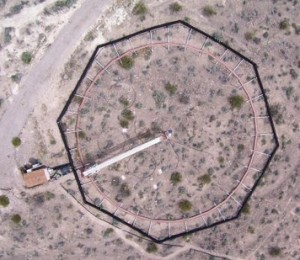
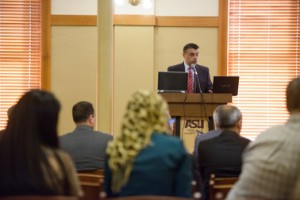
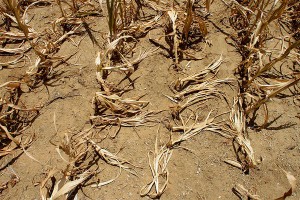
 March is Women’s History Month, a tribute to the generations of women whose commitment to nature and the planet have proved invaluable to society. In recognition, activist Vandana Shiva discusses ecofeminism and the role of women in ecology movements.
March is Women’s History Month, a tribute to the generations of women whose commitment to nature and the planet have proved invaluable to society. In recognition, activist Vandana Shiva discusses ecofeminism and the role of women in ecology movements.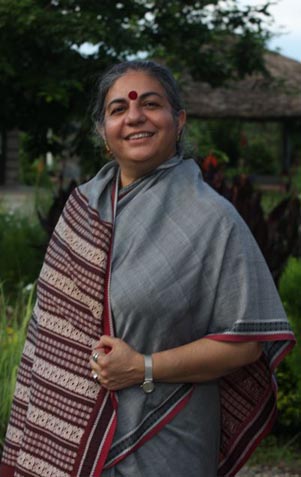 A Thought Leader Series Piece
A Thought Leader Series Piece